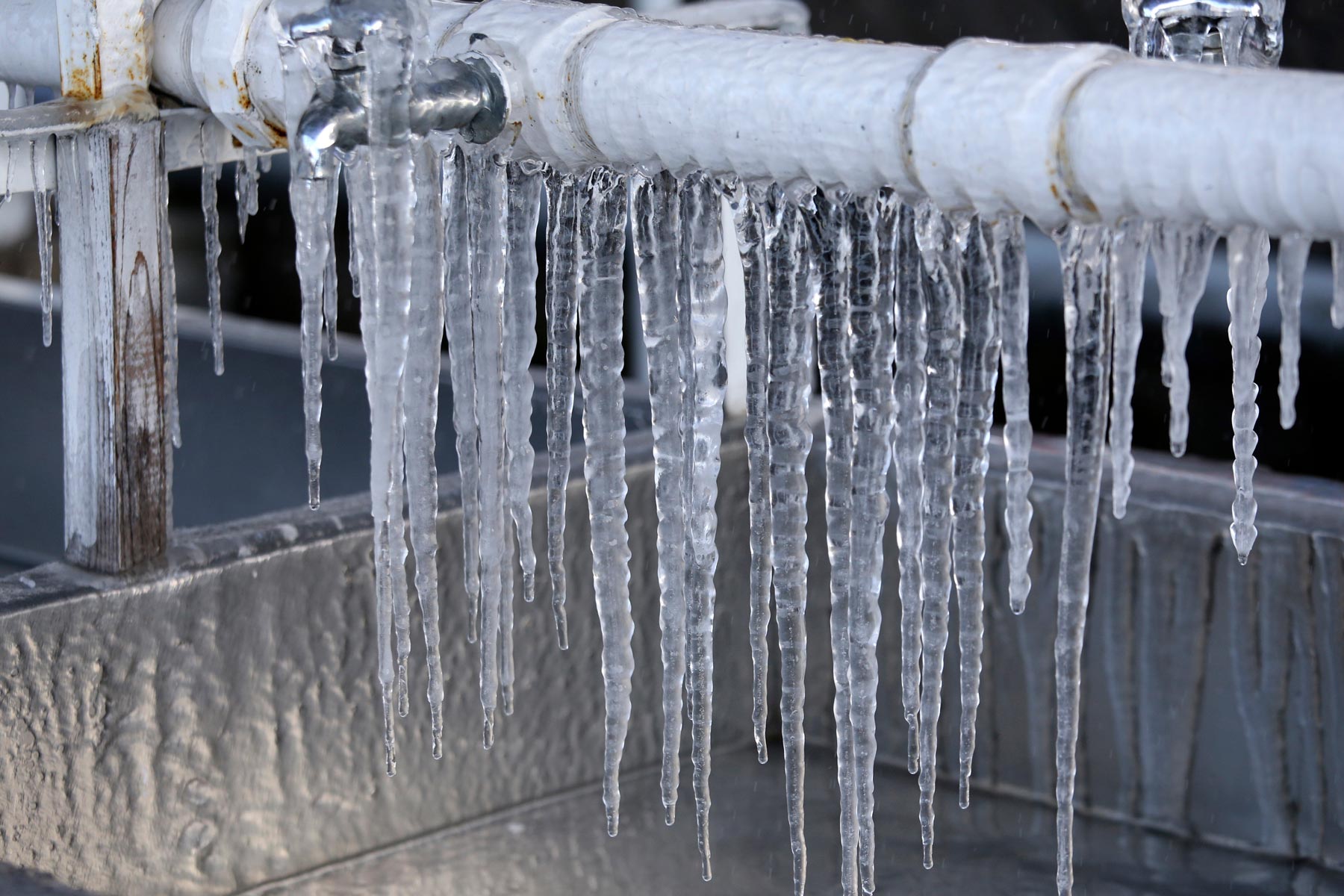Prevent Frozen Pipes in Cold Weather: Expert Tips
Prevent Frozen Pipes in Cold Weather: Expert Tips
Blog Article
They are making a number of good pointers relating to How To Avoid Freezing Pipes as a whole in the content beneath.

Winter can wreak havoc on your pipes, specifically by freezing pipes. Right here's how to avoid it from occurring and what to do if it does.
Introduction
As temperatures decline, the risk of icy pipelines rises, possibly bring about costly repairs and water damage. Understanding just how to stop frozen pipes is essential for home owners in cold climates.
Understanding Frozen Pipelines
What triggers pipelines to freeze?
Pipelines ice up when subjected to temperature levels below 32 ° F (0 ° C) for expanded durations. As water inside the pipelines freezes, it expands, putting pressure on the pipe wall surfaces and possibly triggering them to rupture.
Threats and problems
Frozen pipes can cause water supply interruptions, residential property damage, and costly fixings. Burst pipes can flood homes and trigger considerable architectural damages.
Indicators of Frozen Water Lines
Identifying icy pipelines early can stop them from rupturing.
Exactly how to determine frozen pipelines
Look for reduced water circulation from faucets, uncommon odors or noises from pipes, and noticeable frost on revealed pipes.
Prevention Tips
Shielding at risk pipes
Cover pipes in insulation sleeves or make use of heat tape to secure them from freezing temperature levels. Concentrate on pipes in unheated or exterior areas of the home.
Heating techniques
Maintain indoor areas effectively heated up, especially locations with pipes. Open cabinet doors to allow cozy air to distribute around pipes under sinks.
Protecting Outdoor Pipes
Yard hose pipes and outdoor taps
Separate and drain yard hose pipes prior to wintertime. Set up frost-proof faucets or cover exterior faucets with insulated caps.
What to Do If Your Pipes Freeze
Immediate actions to take
If you think icy pipes, keep faucets available to eliminate stress as the ice thaws. Make use of a hairdryer or towels taken in hot water to thaw pipes gradually.
Long-Term Solutions
Structural changes
Take into consideration rerouting pipes away from exterior wall surfaces or unheated locations. Include additional insulation to attics, basements, and crawl spaces.
Upgrading insulation
Invest in top quality insulation for pipelines, attics, and walls. Proper insulation aids preserve constant temperatures and lowers the threat of frozen pipelines.
Verdict
Avoiding icy pipes requires aggressive steps and fast reactions. By recognizing the reasons, indicators, and safety nets, house owners can safeguard their plumbing during winter.
6 Proven Ways to Prevent Frozen Pipes and Protect Your Home
Disconnect and Drain Garden Hoses
Before winter arrives, start by disconnecting your garden hoses and draining any remaining water. Close the shut-off valves that supply outdoor hose bibs and leave the outdoor faucet open to allow any residual water to drain. For extra protection, consider using faucet covers throughout the colder months. It’s also important to drain water from any sprinkler supply lines following the manufacturer’s directions.
Insulate Exposed Pipes
Insulating your pipes is an effective way to prevent freezing. Pipe insulation is readily available at home improvement stores and is relatively inexpensive. Pay close attention to pipes in unheated areas such as the attic, basement, crawl spaces, or garage. Apply foam insulation generously to create a buffer against the cold. You can also wrap your pipes in heat tape or thermostat-controlled heat cables for added warmth.
Seal Air Leaks
Inspect your home for any cracks or openings that could let in cold air. Seal any holes around the piping in interior or exterior walls, as well as the sill plates where your home rests on its foundation. Additionally, make sure to keep your garage door closed unless you’re entering or exiting. Leaving it open creates a significant air leak that can lead to frozen pipes.
Allow Warm Air Circulation
During cold snaps, it’s essential to allow warm air to circulate evenly throughout your home. Leave interior doors ajar to promote better airflow. Open kitchen and bathroom cabinets to help distribute heat consistently around the rooms. If you have small children or pets, be sure to remove any household chemicals or potentially harmful cleaners from open cabinets for safety.
Let Faucets Drip
A small trickle of water can make a big difference in preventing ice formation inside your pipes. When temperatures drop significantly, start a drip of water from all faucets served by exposed pipes. This continuous flow helps prevent the water from freezing. Additionally, running a few faucets slightly can relieve pressure inside the pipes, reducing the chances of a rupture if the water inside does freeze.
https://choateshvac.com/6-proven-ways-to-prevent-frozen-pipes-and-protect-your-home/

Do you enjoy more info about Winter Plumbing Precautions: Preventing Frozen Pipes? Make a remark directly below. We'd be pleased to listen to your thinking about this write up. We are looking forward to see you back again in the future. Loved our blog entry? Please quickly share it. Let another person discover it. Thanks a lot for your time spent reading it.
Estimating Report this page